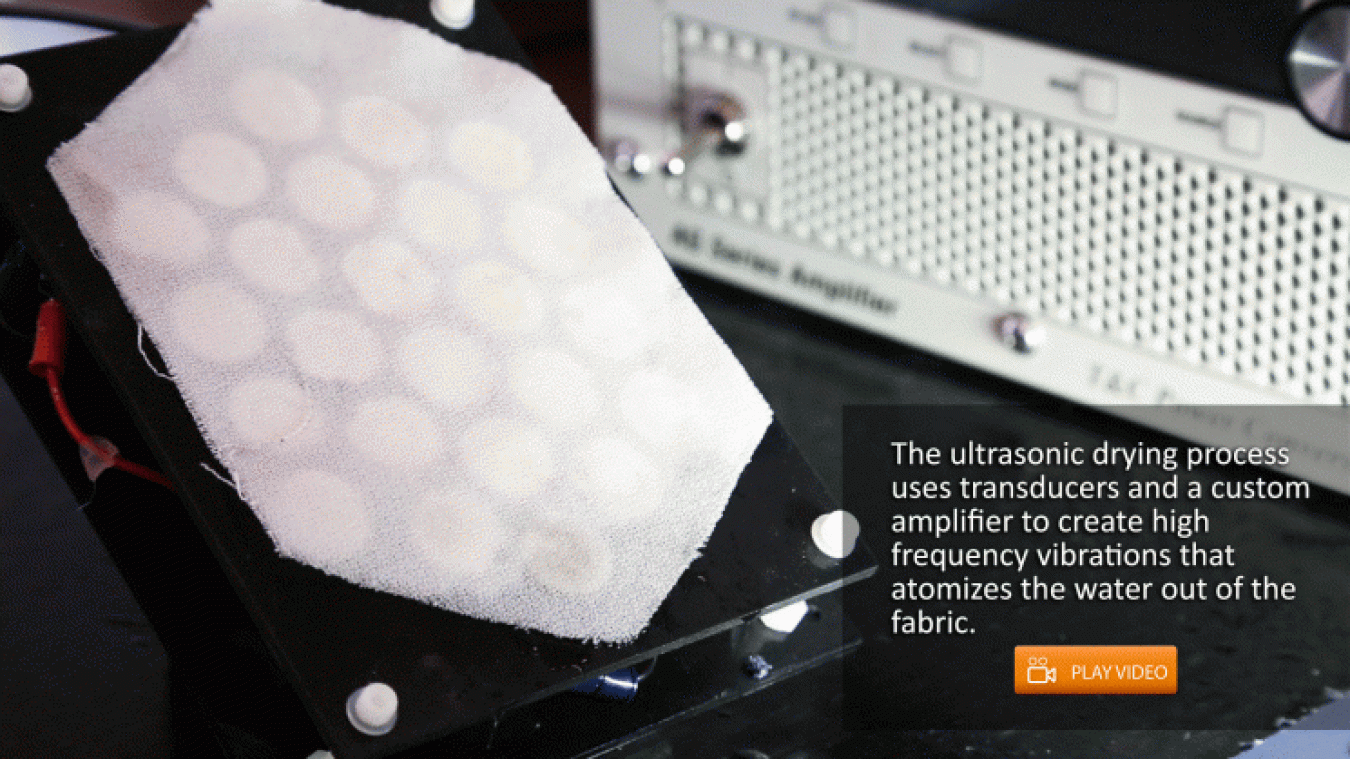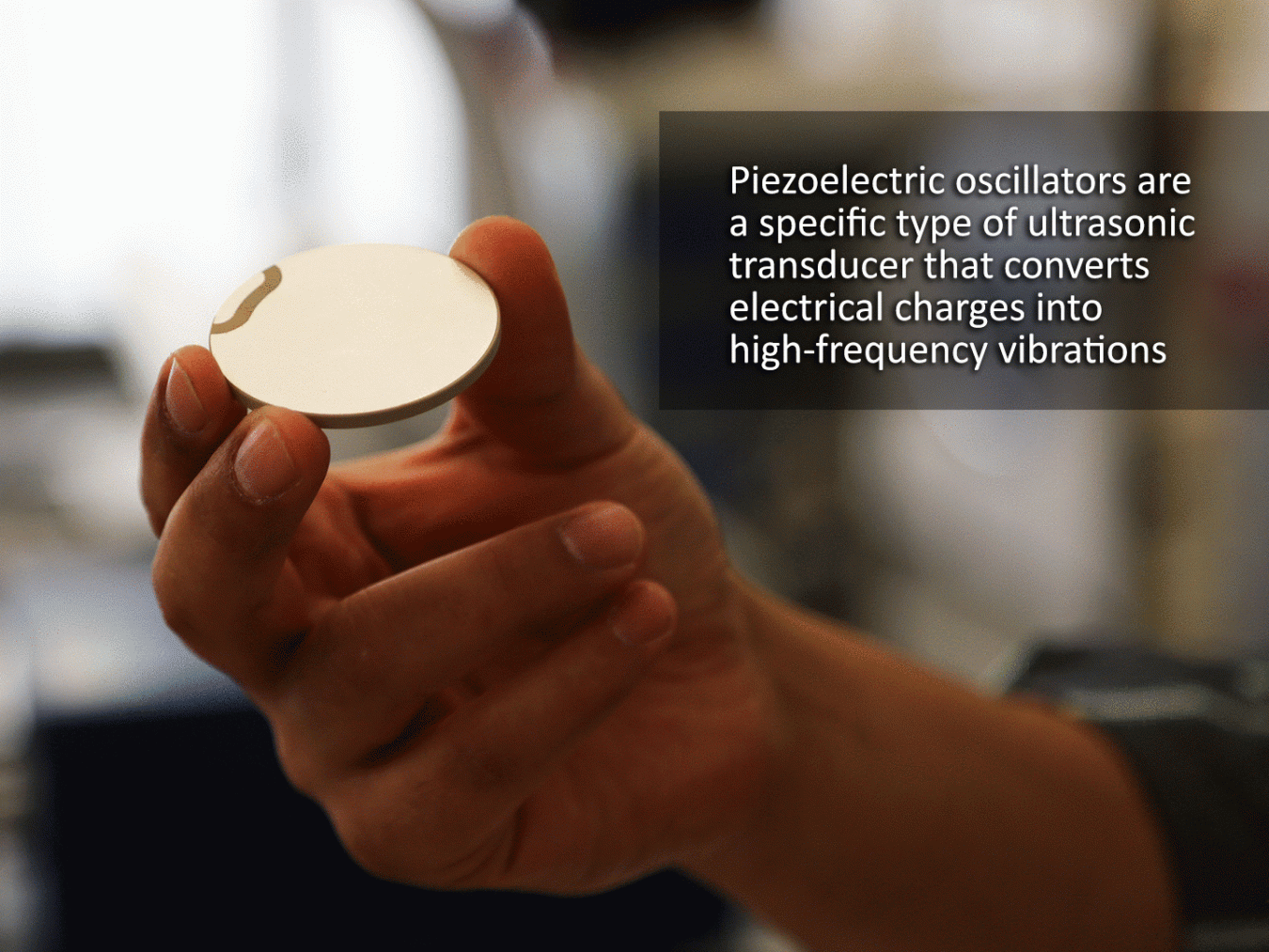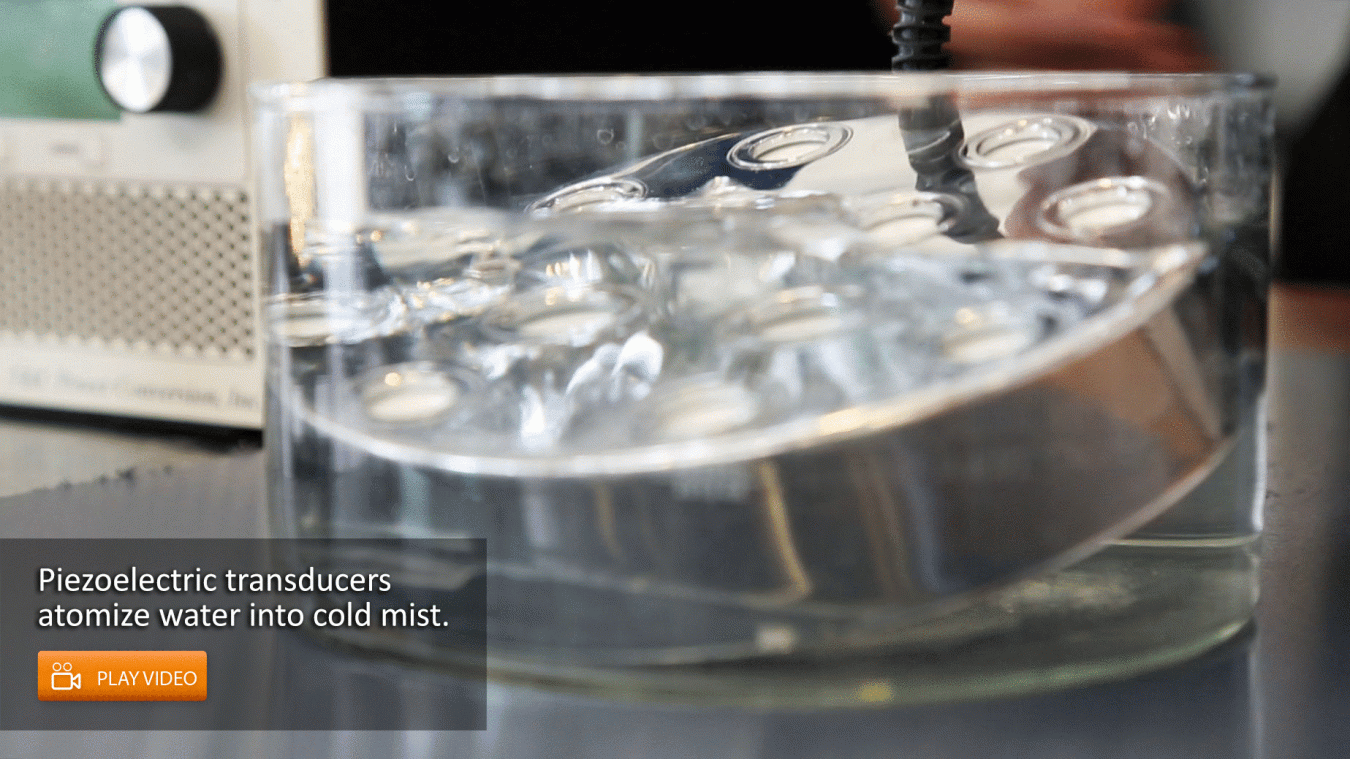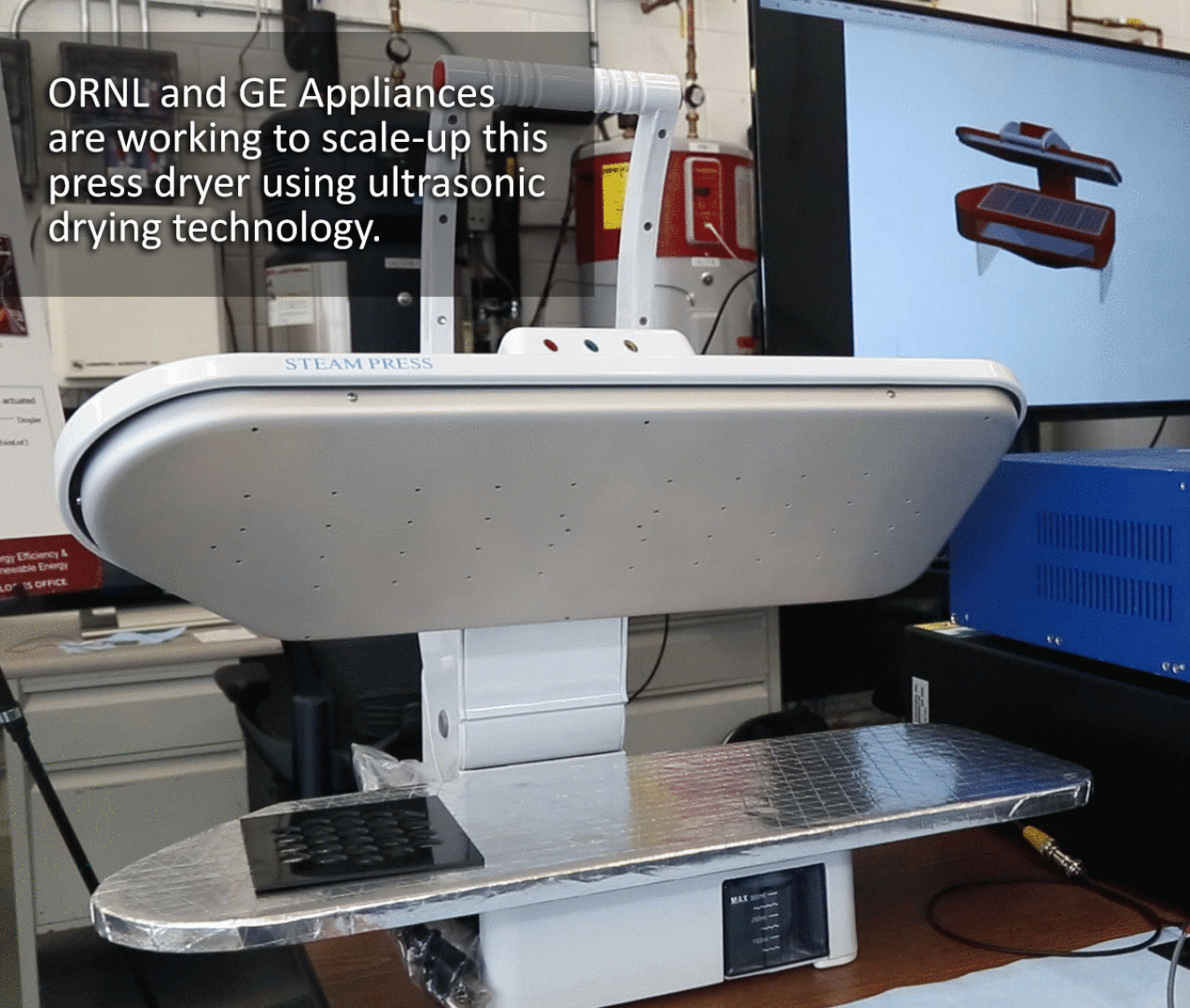With support from the Energy Department’s Building Technologies Office, Oak Ridge National Laboratory and GE Appliances are changing the way Americans do laundry with their ultrasonic drying technology that uses vibrations, not heat, to dry fabric.
“This is going to be a game-changing technology" - Ayyoub Momen, ORNL scientist
Scientists at Oak Ridge National Laboratory (ORNL) in Tennessee are changing the way Americans do laundry—using vibrations instead of heat to dry their clothes. This new technology, called the ultrasonic clothes dryer, is expected to dry clothes in half the time and use 70% less energy than today’s products, saving American consumers money on their energy bills. With support from the Energy Department’s Building Technologies Office, ORNL and GE Appliances are in the process of scaling-up this technology to a press dryer and clothes dryer drum within the next five months.
“This is going to be a game-changing technology,” said Ayyoub Momen the ORNL scientist who developed the prototype. “Clothes dryers consume a lot of energy."
Nearly 80% of U.S. households have clothes dryers. Combined, they consume 4% of all residential electricity use, and cost Americans nearly $9 billion per year on their utility bills. This is because they rely on an inefficient process that hasn’t seen significant innovation in decades—using electricity to heat the air and evaporate the water out of clothes.
“Evaporating water takes a lot of energy,” added Momen. “That’s mainly because of the latent heating process in conventional dryers.”
ORNL and GE are taking an entirely new approach to this traditional process by using high-frequency vibrations, instead of heat, to remove the water from the fabric with minimal lint generation. The technology uses piezoelectric transducers that contract and expand when voltage is added. By using a custom amplifier, the transducers—a device that converts electricity to vibration—vibrate at a high frequency turning the water into a cool mist as it’s removed from the fabric.
“The first results were mind blowing,” said Momen. “We could dry a piece of fabric in just 14 seconds. If you wanted to do that in an oven at different temperatures it would take several minutes.”
ORNL and GE are working to develop a commercialized product and plan to have a full-scale prototype by August 2016. The ultrasonic dryer is expected to cut drying time to about 20 minutes per load, down significantly from the average 50 minutes it currently takes Americans to dry their laundry. The success of this project will position the United States as the leader in the clothes drying industry, generating new jobs and innovative applications of the technology.
For more information visit the Building Technologies Office’s project page for the ultrasonic dryer.
What does this project do?
- With support from the Energy Department's Building Technologies Office, Oak Ridge National Laboratory and GE Appliances are in the process of scaling-up ultrasonic drying technology to a press dryer and clothes dryer drum within the next five months.
- Ultrasonic drying technology uses high-frequency vibrations, instead of heat, to remove the water from fabric with minimal lint generation.
- The technology uses piezoelectric transducers that contract and expand when voltage is added. The high-frequency vibrations atomize the water into a cool mist as it's removed from the fabric.
- Ultrasonic drying technology is expected to dry clothes in half the time (around 20 minutes per load) and use 70% less energy than today's clothes dryers.




